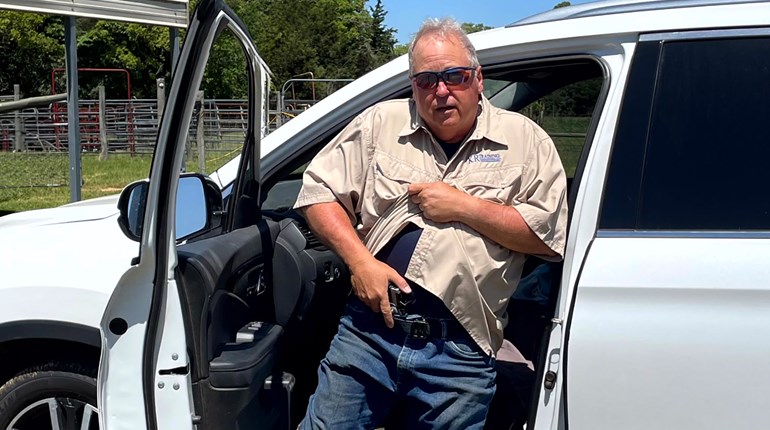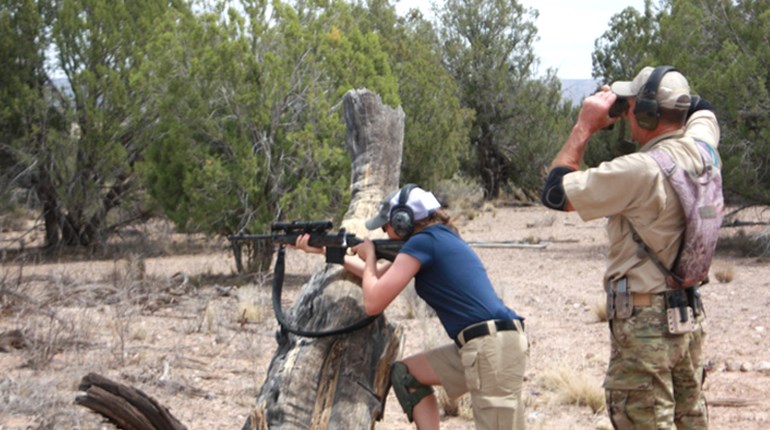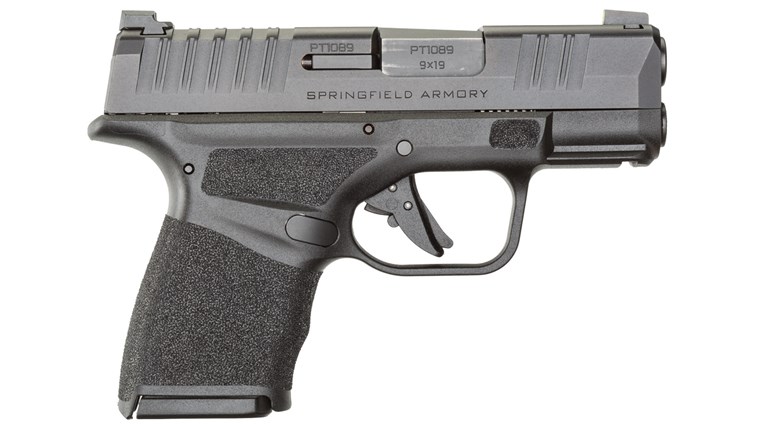
Making the change from someone who owns a defensive pistol to someone who carries a defensive pistol on a regular basis can be a daunting task. Most of us are not used to carrying a pound or more of metal or plastic around our waistband, so finding and using a concealed holster that works with our gun and our lifestyle can be a daunting task.
To find out more, I talked with Karl Rehn of KR Training about what to look for in a concealed carry holster and how it should work with your clothing. We then talked in some detail about the best way to get your gun out of your holster and into the fight as quickly and smoothly as possible.
“When helping someone who is unfamiliar with concealed carry, the first thing I look at is what kind of holster and belt they are using,” said Rehn. “If their belt isn’t rigid enough to hold the holster in place on their waist, or the belt clips weren’t designed for the belt width they are using, it’s not going to work. If their holster closes up and prevents them from safely re-holstering their gun using only their firing hand, a more rigid holster is needed”
A Good Concealed Carry Draw Starts With A Good Holster Setup
“A good combination of belt and concealed carry holster should keep everything in the same place along your waistline,” Rehn continued. “Your draw needs to be smooth and consistent, and if your gun keeps moving around your waistline, there is no way to achieve that consistency. In the end, what matters most is that your holster protects the trigger of your gun and keeps it secure until you need it. The whole point of this isn’t to just carry your gun, it’s to carry your gun so you can access it quickly. A concealed carry holster and belt combination that doesn’t do that and doesn’t allow you to grip your gun before you draw is just not suitable or safe.”

I had a chance to watch Karl put these words into action during his presentation at the 2022 Rangemaster Tactical Conference. He demonstrated his techniques for helping students get faster and smoother on the draw. He showed us how the initial grip you have on your gun in the holster is the grip you should have when you bring the gun up on target. Your holster should also be set up so your wrist angle as you grip the gun is the same as when you are shooting. The idea is to smooth out the draw as your gun comes out of the holster and make everything as consistent as possible.
Karl explained that there is a difference between wearing and using a holster. For example, there are choices we can make regarding holster location and angle to maximize comfort and minimize printing, and there are choices we can make for a smooth, efficient draw. Ideally, those choices should be as similar as possible.

“Practice reholstering as often and as diligently as you practice drawing your gun,” Rehn says. “The motions you use to re-holster should look exactly the motions you used to draw your gun, except in reverse. Keep your firing grip until the gun is completely back in the holster. If you have to let go of your grip and push the gun back in with an open hand, that indicates your holster is too low to the belt, and that’s going to interfere with getting a good initial grip on the draw.”
Training Is Essential
“A good firearms trainer is an invaluable part of this process,” Rehn went on to say. “However, if you don’t have one near you, online resources from the NRA and other organizations have good material on how to safely and quickly draw a pistol. Also look for videos from people who have extensive experience teaching concealed carry and carry on a regular basis, such as Tom Givens (Rangemaster), Brian Hill, Spencer Keepers, Gabe White or the instructors at Gunsite Academy. For defensive training, you want to avoid specialized instruction on things like how to draw a pistol in a shooting match, or using holsters designed for law enforcement or military use. That sort of thing is good, but it’s outside of what we need to concentrate on.”
For more information on the Rangemaster Tactical Conference, please visit taccon.info, and more information on Karl Rehn and KR Training is available at krtraining.com.





































